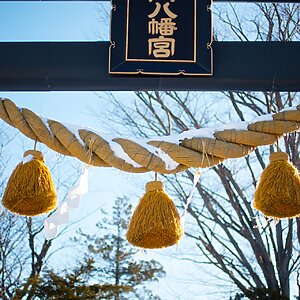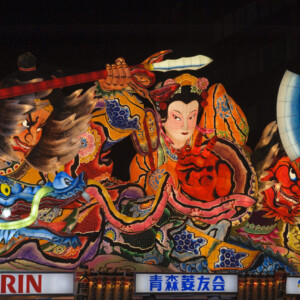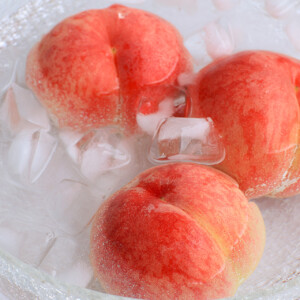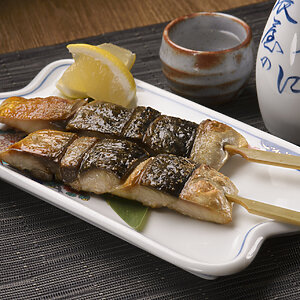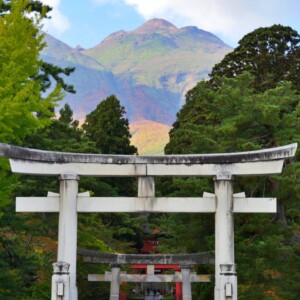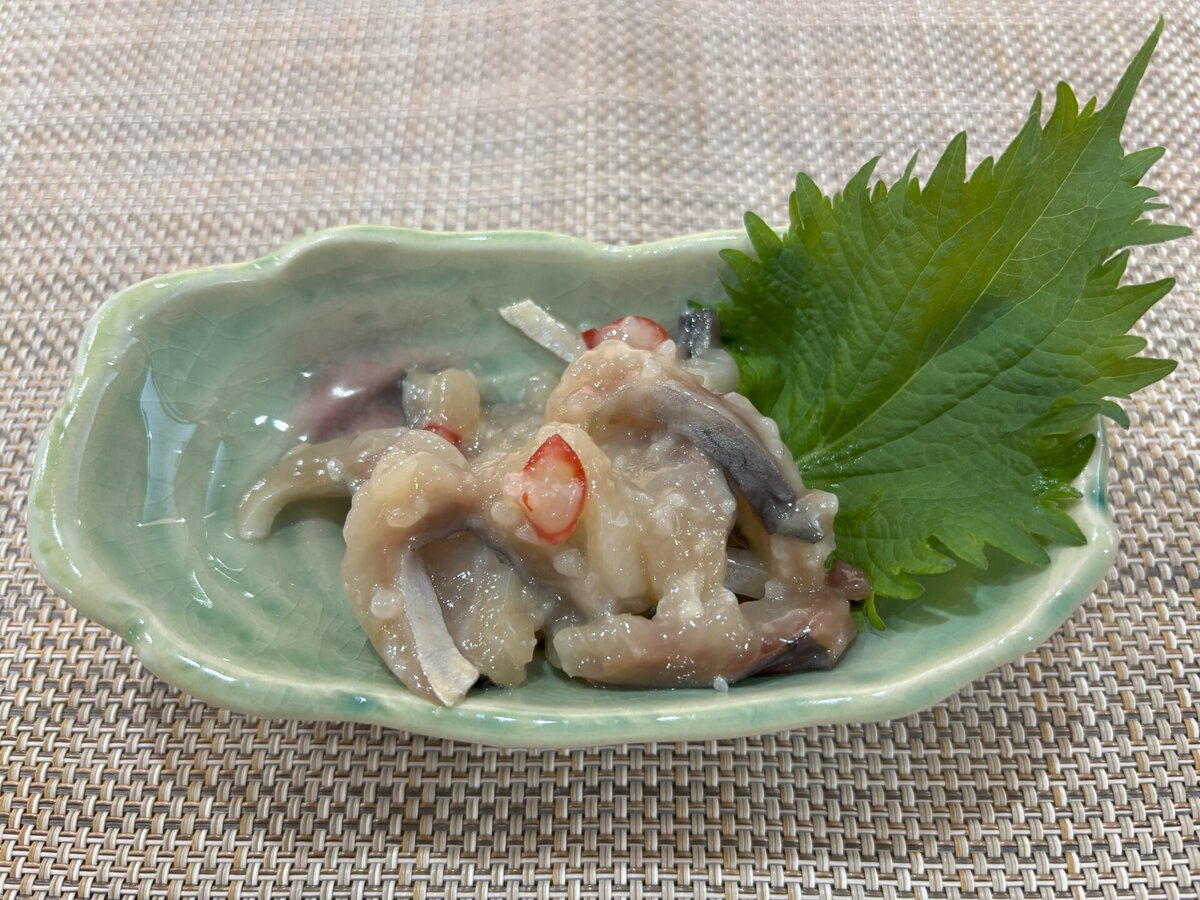
A cut in the nishin? Introducing the background of the birth and recommended ways to eat it [Aomori Prefecture]
table of contents
Fermentation culture still remains strong in Hokkaido and Tohoku. Among them, " Nishin no Kinoki " which can be eaten in Hokkaido and Aomori is a traditional preserved food that has been loved for many years as a snack to eat with rice or as a snack with alcohol. In this article, we will introduce the background to the origin of the incisions of nishin, the local nature, and recommended ways to eat them.
What is a cut in a nishin?
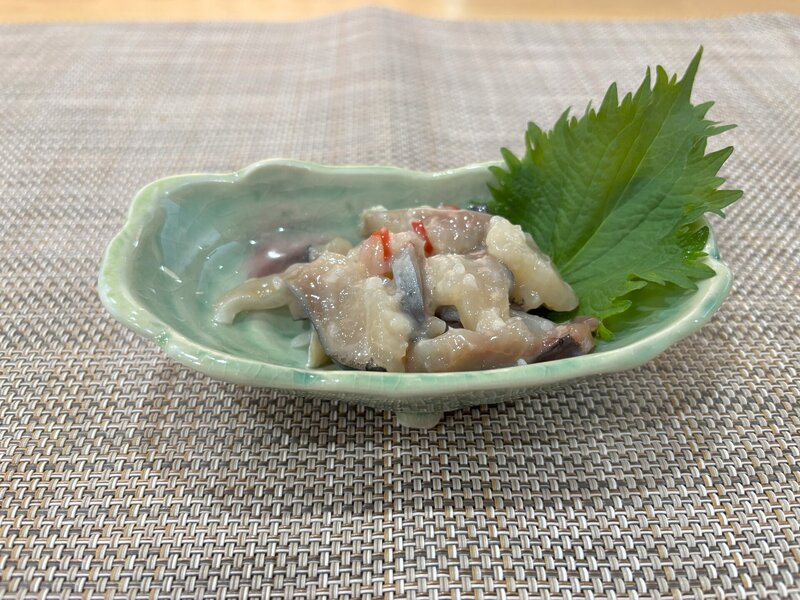
"Nishinoki" is one of the fermented foods that have been made since ancient times in Hokkaido and the Tohoku region. It is completed by finely chop fresh herring, soaking it with salt, rice koji, ginger, etc., and letting it sit for a certain period of time and fermenting. The fish smell is reduced, and the faint sweetness and saltiness of the koji blend together, giving it a deep flavor.
This "incission of nishin" was previously commonly used at home in the winter. The cold environment in snowy countries is suitable for fermentation, and it was able to take time to bring out the flavor without any effort. Nowadays, packed products are also sold at supermarkets and product exhibitions around the country, attracting attention not only from locals but also from tourists.
Explaining the background to the creation of the nishin incision!

Herring fishing is popular in Hokkaido and Aomori
The reason for the widespread slitting of nishin is the herring fishing, which was popular in Hokkaido and Aomori. From the Meiji period to the early Showa period, especially in Hokkaido, fishing grounds called " Nishinba " were bustling, and herring was caught in large quantities. Herring fishing was one of the important industries that supported local lifestyles, mainly along the Tsugaru Strait coast in Aomori.
Herring is a resource that is used not only as a food item, but also as fertilizer (herring lees) and oil (nishin oil), but during the fishing season, it can quickly be fryed in a large amount that cannot be consumed...and in this case, how to deal with it becomes a problem.
Herring is difficult to store

Herring is fatty and delicious, but it is a very easily damaged fish. At the time, the refrigeration facilities were not in place, and if they had not been processed on the same day they were caught, the freshness would quickly fade. As a result, as preservation methods such as salting and drying developed, a " cutting " method using salt and koji was born.
Not only does it condense the flavor of the product, but it can also be stored for a long time, and has become a valuable source of protein in winter, and has become a home dining table. This wisdom, which achieved both the preservation of fish and the deliciousness, is still passed down in many households today.
There are many fermented foods in Hokkaido and Tohoku
Another reason why nishin cuts are loved is the fermentation culture that is rooted in the local area. Hokkaido and the Tohoku region have a large number of foods that make use of fermentation, such as miso, pickles, and salted fish. This is because it was a snowy country, where fermentation progressed slowly and there were environmental conditions that allowed it to bring out the deliciousness over time. It also comes from the fact that they had a wealth of wisdom and methods to preserve ingredients to overcome the harsh winter.
Incorporating fermentation into food preservation at home is a natural process, and cutting has also evolved as part of this. It was useful as a preserved food during the winter, and as the seasons changed, the habit of preparing it at home has become established.
Recommended ways to eat nishin chopped
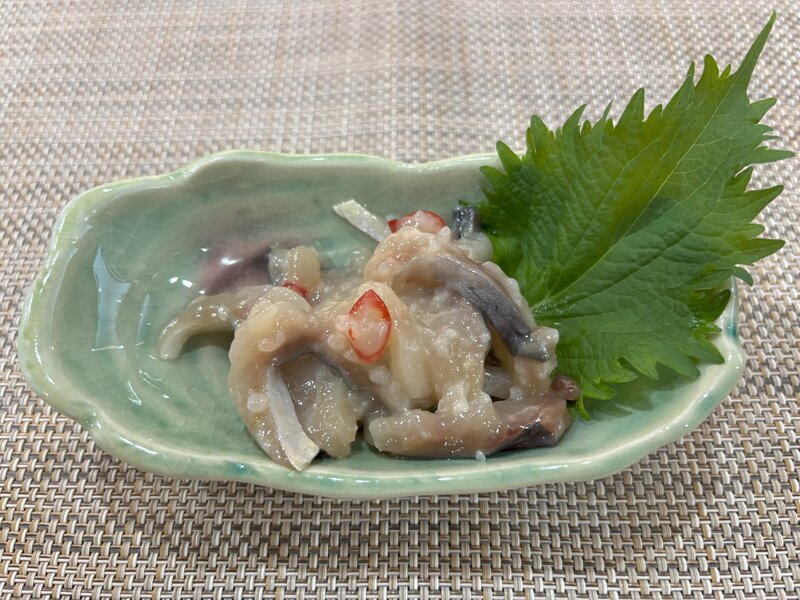
Classic arrangements: Ochazuke
Simply place the slits of fried rice on freshly cooked white rice and pour hot tea or dashi stock. It's easy and easy to eat, but the deliciousness is exceptional. Combined with the fried savory dashi, it's a satisfying experience to eat it, and is perfect for finishing the drink after drinking. Add chopped green onions, seaweed, or wasabi to your liking to your liking.
Mix with grated radish and salty
If you want a refreshing enjoyment, we recommend combining it with grated radish. The cuts are sometimes referred to as salted fish, so salted fish and grated radish go great together! The saltiness of the slicing and the spicy radish go well together, neutralizing the fat of the fish in just the right amount.
It's delicious just to serve with grated radish, but it's delicious even when it's tossed! If you enjoy it with shochu or sake, you can enjoy the flavor of the ingredients even more.
Boiled with vegetables and Sanpei soup
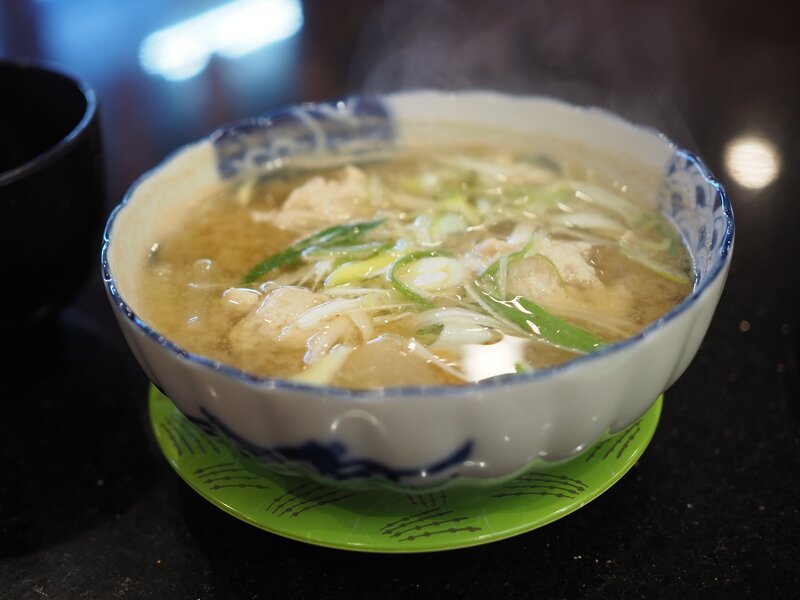
Sanpei soup is a local Hokkaido dish made from salted fish and root vegetables simmered together. You can easily eat Sanpei soup using nishin chopped pieces. By simmering it with root vegetables such as potatoes, radish, and carrots, the sliced flavor melts into the soup, making it a deep flavor bowl without the need for dashi. Why not enjoy it with your family as a warm soup perfect for the cold season?
summary
Nishin no Kinoki is a traditional dish full of wisdom and ingenuity, born in Hokkaido and the Tohoku region, where the cold weather is severe. This food culture, which was developed as a preservation method in a prosperous herring fishing area, is still loved by many households today, transcending the ages.
You can eat it as is, or use ochazuke or Sanpei soup. The cuts can be enjoyed in a variety of ways, making them a dish that truly condenses the appeal of fermented foods. You'll hardly see them anywhere else outside of Hokkaido or Aomori, so you're lucky if you find them!
If you have the chance to see it, be sure to try it out.



![[Shimokita Peninsula, Aomori Prefecture] Geopark Shimokita Peninsula. A rich hot spring springs from the northernmost peninsula of Honshu 24734759_m](https://jp.neft.asia/wp-content/uploads/2023/02/24734759_m-150x150.jpg)
![The mysterious world of the Shimokita Peninsula of Geopark: "The northern limit of monkeys on Osoreyama and Butsugaura" [Aomori Prefecture] 25110883_m](https://jp.neft.asia/wp-content/uploads/2022/11/25110883_m-150x150.jpg)
![The gorgeous "Noheji Gion Festival" and Kitamae Ship port call "Noheji" [Aomori Prefecture] 4031_Noheji Gion Festival](https://jp.neft.asia/wp-content/uploads/2023/03/27d8816076df6701eb2d6ec6c91e5169-150x150.jpg)
!["Yaki Ikadori" is famous for its squid curtains! Many repeat customers are coming to the condensed flavor [Aomori Prefecture] 1088_Squid Curtain](https://jp.neft.asia/wp-content/uploads/2018/11/621b49eff7eed2fb8caee235a00963e0-150x150.jpg)
![[Aomori Prefecture] Not just food! Shining techniques from Tohoku! 5 selections of craft souvenirs 1 Tsugaru lacquer](https://jp.neft.asia/wp-content/uploads/2021/11/832bdccffb961dac52ac9e3b69594280-150x150.jpg)
![[Aomori Prefecture] How cold is it in Aomori? Introducing cold weather measures for your winter trip to Aomori! 25097708_m](https://jp.neft.asia/wp-content/uploads/2023/02/25097708_m-150x150.jpg)
![[Aomori Prefecture] Let's go on a journey to see clay figures! Introducing highlights and spots! doguu1](https://jp.neft.asia/wp-content/uploads/2023/02/doguu1-150x150.jpg)



